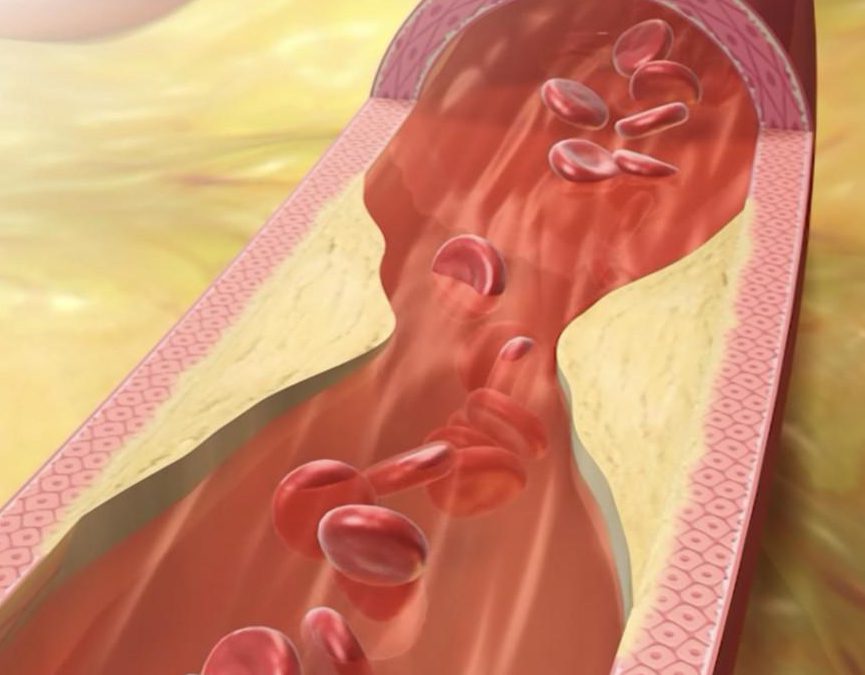This is the equivalent of the genie in Aladdin’s claim of “All the power in the universe in an itty bitty living space!” Anyone else miss Robin Williams? Absolute genius and gone too soon. Moving on…
When it comes to surgery, if you can have a less invasive procedure with the same safety and similar results as an open procedure, then why wouldn’t you. Less invasive means less physical trauma (yes, surgery is controlled trauma) with quicker recovery time. All surgical specialties have embraced the technologies available and continue to seek advancements in the development of equipment as well as broader applications. Undoubtedly you’ve heard of laparoscopy (abdomen), thoracoscopy (chest), and arthroscopy (joint space) and their uses. If it’s in your chest or your abdomen or you’ve torn this or that in one of your joints, it likely can be removed, stapled, repaired, narrowed, or biopsied in a less invasive way. Surgeons who perform these procedures retain their open surgical skills; this provides both a sound reference as well as a fall back in the event the procedure cannot be completed in a minimally invasive fashion.
In vascular surgery specifically, minimally invasive relates to angiography; procedures that are done from within the artery. A catheter (small plastic tube) is placed into an artery (most commonly the femoral artery in the groin) and then any number of tools is used to either re-open a closed or narrowed artery, exclude an aneurysm (dilated artery), or repair/close off a blood vessel. Depending on the size of the catheter needed to perform the procedure, this may involve a needle stick or a small incision to expose the artery and place a delivery catheter. The vascular surgeon, unlike others who practice in this field, has training in both open and minimally invasive techniques.
Some of the common terms and techniques are:
Angiogram: this is a diagnostic study done by injecting a radio-opaque agent into the artery via a catheter to identify areas of disease (narrowing or blockage) under fluoroscopy (continuous X-ray) within the artery. This is performed in a cath lab (inpatient or outpatient procedure room to perform angiography).
Angioplasty: this intervention involves crossing an area of narrowing or blockage in an artery with a balloon. The balloon is passed across the lesion, over a wire which has previously crossed the lesion, and then the balloon is inflated. The goal is to expand or re-open the vessel. The balloon is then removed.
Atherectomy: several different types of devices exist in this area but the goal is to shave, grind, or vaporize the plaque to restore the inside of the artery to its original diameter.
Stent: a small metal stent (imagine an exceptionally small rolled up piece of chicken wire) is placed across a narrowing or blockage which then holds the vessel open. These stents are either self expanding or expanded with a balloon (the balloon then being removed).
Thrombolysis: the removal of clot from within an artery (or vein) using chemical agents or aspiration.
Embolization: the placement of particles or small coils into an artery (or vein) to cause it to close off or block blood flow to an organ or area.
This all falls under the umbrella of angiography during which any of these techniques may be used in combination to achieve a desired result. Therefore, catheter directed angiography has the two fold benefit of being diagnostic as well as potentially therapeutic. Most of these procedures can also be used to treat problems in the veins. Angiography is by and large tolerated with minimal issues. The most common issues are bruising and discomfort at the access site. But you may have failure of the procedure with no change in clinical status. Less commonly, you may have injury to the blood vessel with bleeding which may or may not require open surgical repair, sometimes emergently. Thankfully, that last one occurs rarely.
Obviously, the goal is resolution of the symptoms or issue that caused one to have the procedure in the first place. Coupled with risk factor modification (see previous blog post) long term results can be achieved.
So now you have an idea of what a minimally invasive vascular procedure is and whats involved. Next, we will discuss open surgical techniques to treat PAD.
Because sometimes you still need a surgeon.
My best to you all,
JC.

